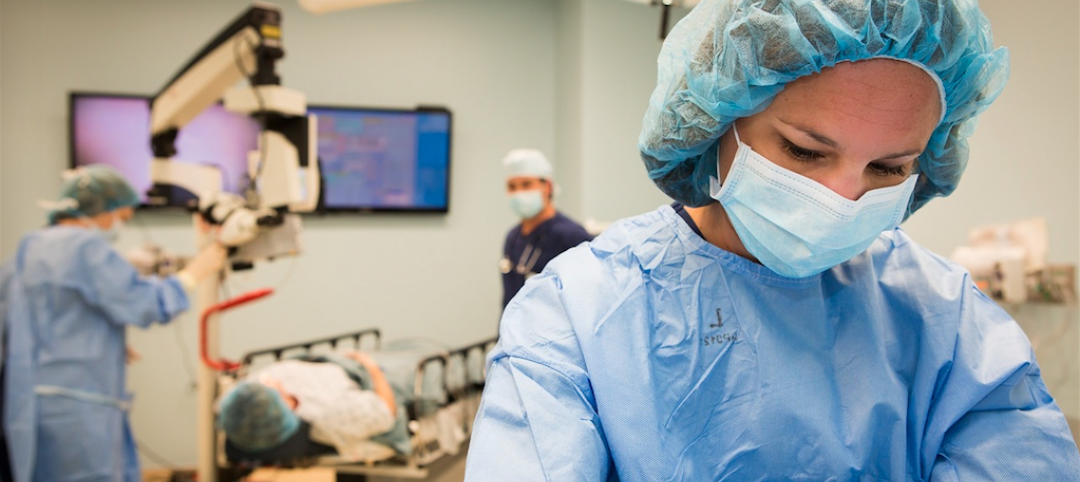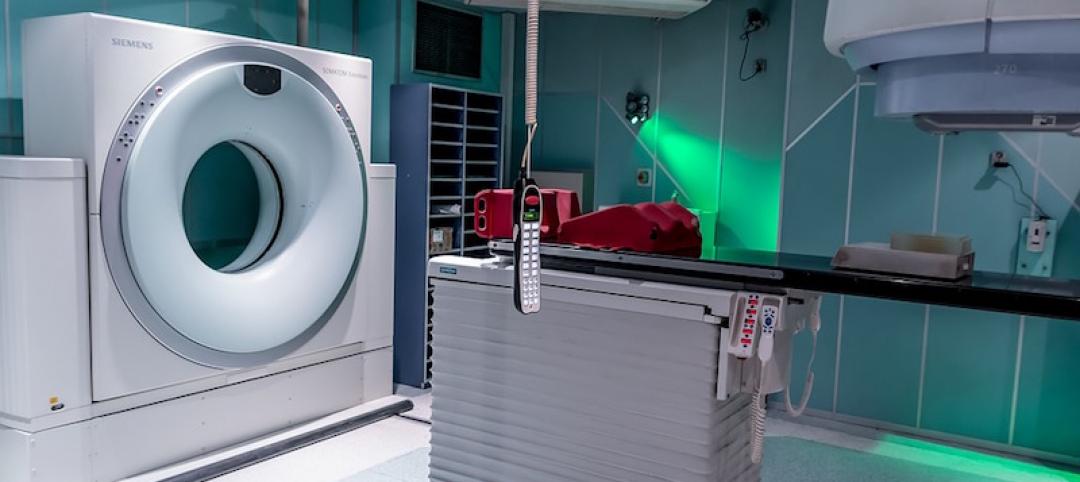As the healthcare system grows, securing these facilities becomes ever more challenging. Increasingly, medical providers have multiple facilities within their networks, making traditional keying systems and credentialing impractical.
Expensive wired access control for select high-security doors combined with old-fashioned keyed locks was a step in the evolution of facility security, but this provided very little visibility into who used those doors. Replacing traditional keyed doors with wireless access was the natural outgrowth of this inefficient, hybrid solution.
Kyle Pfeiffer, Industry Solutions Leader—Healthcare of SALTO Systems, notes, “Security remains at the forefront of decision-making in healthcare, driving technology for access control to evolve. By integrating keyless entry into an existing infrastructure, healthcare professionals are better equipped to control the flow of people entering or exiting the premises without impairing efficient movement.”
Physical Keys: Impractical and Expensive
While high-security areas may require wired electronic systems, there still exists the problem of physical locks and keys on all the other doors. Pfeiffer says, “Most offices within medical facilities are still using mechanical keys, which is not an effective way to secure or protect information in those areas.”
Moreover, managing physical keys is costly. He cites the example of doctors checking into a working suite at the hospital for an extended time period. “They hardly ever return the suite’s physical keys when checking out. Those locks then need to be replaced for security purposes,” he says, which is an expensive undertaking. “Doors that use physical keys and locks can cost facilities up to six figures each year just to manage and replace them.”
However, the smart technology used with wireless access allows for a quick and easy credential change made by a security administrator when the physician leaves, without requiring that the lock itself be switched out.
Pfeiffer notes that installing wire-free locks like those in SALTO’s Virtual Network (SVN) is an easy and cost-efficient alternative to mechanical keying systems. “They don’t require running wires and are easy and inexpensive to install. Replacing mechanical locks with SVN technology is an investment that pays for itself in less than a year and provides significant savings every year thereafter.”
The Benefits of Wireless Access Control
A major benefit of keyless access control is that all doors are managed on a single system, without the problems of handling different types of locks and multiple credentials. This allows for efficient management of foot traffic and identification of unwanted visitors.
Staff members also benefit. Medical professionals have access to different areas, floors, buildings and offices without fumbling around with multiple physical keys or managing different credentials. Being able to add more keyless entry points also makes matters easier for security and IT staff, while providing them with increased visibility into access data. They also have the ability to quickly manage an urgent situation or change staff credentials.
Finally, a keyless access system like SVN allows for the growth of medical systems. As large healthcare complexes add clinics, buildings and locations, wireless access control manages both interior and exterior doors on a single system, saving money while increasing security and convenience.
The Future of Wireless Access Control
Pfeiffer observes, “Within any healthcare facility, leadership has the responsibility to regulate areas where patient records are kept. Keyless systems improve security, thereby ensuring compliance and patient privacy.”
Maintaining these high standards in order to meet regulatory standards like HIPAA will continue to drive the technology of wireless access control. Its future in healthcare security not only brings with it the benefits of meeting patient privacy needs, but also provides significant cost control and scalability for future growth.
Related Stories
Healthcare Facilities | Jan 29, 2018
The new Virginia Tech Biomedical Research Addition will include research facilities in five thematic areas
The project is a collaboration between Carilion Clinic and Virginia Tech.
Healthcare Facilities | Jan 10, 2018
Healthcare market year in review for 2017
While we have not fully turned the corner on healthcare reform and in particular healthcare payment reform, 2017 confirmed trends of consumerism and the need for more proximate low-cost options.
Retail Centers | Jan 9, 2018
The addition of a medical practice is part of the cure for reviving a shopping mall in Scranton, Pa.
Delta Medix is one of several tenants that are changing the image of the Marketplace at Steamtown.
Healthcare Facilities | Jan 6, 2018
A new precision dental center embodies Columbia University’s latest direction for oral medicine education
The facility, which nests at “the core” of the university’s Medical Center, relies heavily on technology and big data.
Healthcare Facilities | Dec 19, 2017
‘Healing Oasis’ will provide healthcare services to veterans in northern California
Hoefer Wysocki designed the $40 million facility.
Healthcare Facilities | Dec 11, 2017
2018 predictions for healthcare facility design
From emergency departments to microhospitals, to the amenities in and locations of hospitals, the year ahead will see continued changes in how healthcare providers are designing and equipping their facilities.
Market Data | Dec 5, 2017
Top health systems engaged in $21 billion of U.S. construction projects
Largest active projects are by Sutter Health, New York Presbyterian, and Scripps Health.
Healthcare Facilities | Nov 30, 2017
Scope it out
How to design and build what’s needed to meet organizational goals and strategies.
University Buildings | Nov 28, 2017
FXFOWLE and CO Architects collaborate on Columbia University School of Nursing building
The building has a ‘collaboration ribbon’ that runs throughout the building.
Sponsored | Windows and Doors | Nov 21, 2017
Daylighting promotes healing and wellness at the Florida Hospital for Women at Orlando Campus
Growing research demonstrates that patients recover faster and better from illness or surgery in settings that offer abundant daylight and views to the outdoors.


















